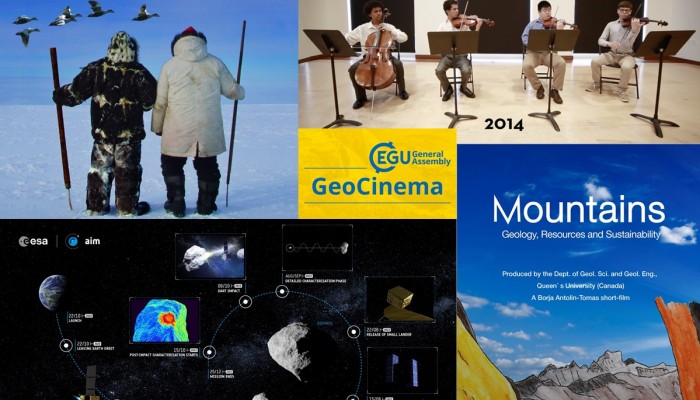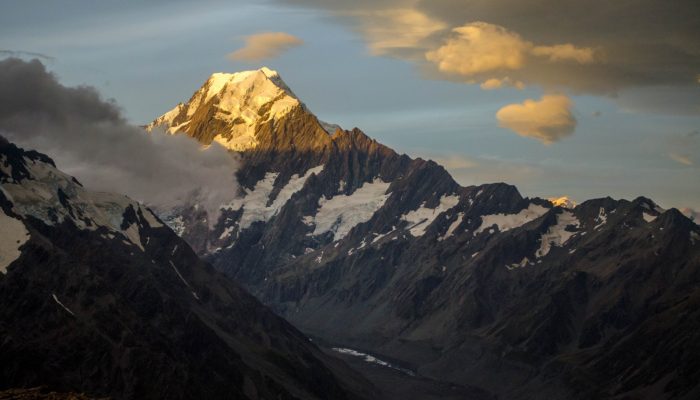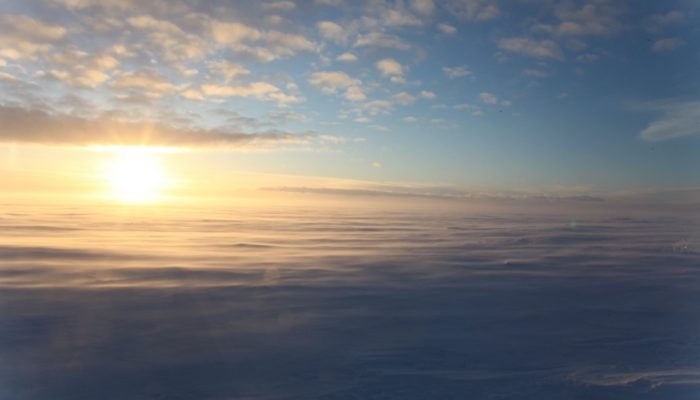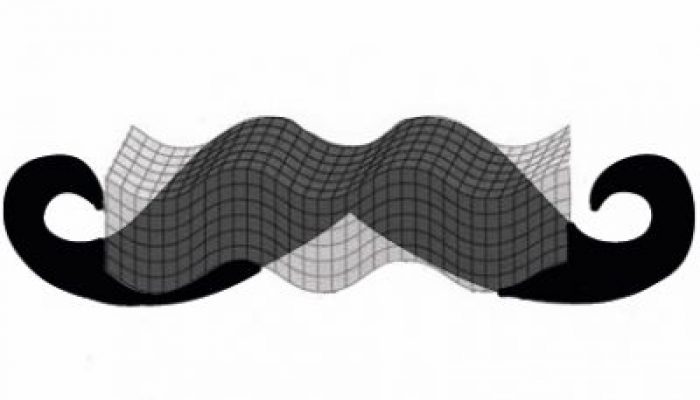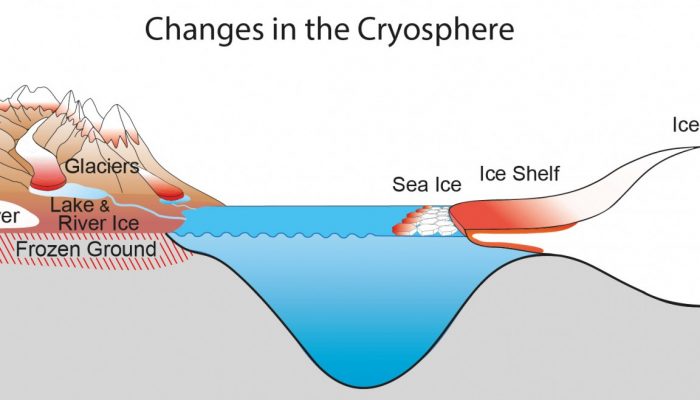As many people within the ESSI division have at least once used GIS software, we would like to wish you a happy GIS day! Every day, millions of decisions are being powered by Geographic Information Systems (GIS) for education, government, non-profit organizations and businesses. ESSI deals with community-driven and multidisciplinary challenges. GIS plays an important role to develop data-dr ...[Read More]
If you didn't find what you was looking for try searching again.
GeoLog
Showcase your film at GeoCinema at the 2017 General Assembly!
Every year, we showcase a great selection of geoscience films at the EGU General Assembly and after seven successful years we will again be running GeoCinema in 2017. If you’ve shadowed a scientist in the lab, filmed fantastic spectacles in the field, or have produced an educational feature on the Earth, planetary or space sciences, we want to hear from you! Geocinema features short clips and long ...[Read More]
GeoLog
Imaggeo on Mondays: Aoraki & a round-up of the latest New Zealand earthquake news
On Sunday the 13th November, New Zealand’s South Island was struck by a powerful 7.8 M earthquake. Initial analysis by the United States Geological Survey (USGS) indicates that the source of the tremor was faulting on or near the boundary between the Pacific and Australia plates. A tsunami alert (no longer active) was triggered following the earthquake, with risk of tsunami waves along coastal are ...[Read More]
Cryospheric Sciences
Ice-Hot News : The “Oldest Ice” quest has begun
This is it! The new European horizon 2020 project on Oldest Ice has been launched and the teams are already heading out to the field, but what does “Old Ice” really mean? Where can we find it and why should we even care? This is what we (Marie, Olivier and Brice) will try to explain somewhat. Why do we care about old ice, ice cores and past climate? Unravelling past climate and how it responded to ...[Read More]
Seismology
MOVEMBER! Cancer awareness and seismology.
Two years ago Matthew Agius, the previous ECS-rep of the Seismology Division, wrote a post in this blog about Movember. Movember is a month-long event (in November) during which men grow their moustaches to rise awareness of cancer, especially the ones affecting men. When at the end of the month Matthew was finally getting rid of his moustaches, he wondered which seismologists had nice fluffy mous ...[Read More]
Cryospheric Sciences
Image of the Week – Climate Change and the Cryosphere
While the first week of COP22 – the climate talks in Marrakech – is coming to an end, the recent election of Donald Trump as the next President of the United States casts doubt over the fate of the Paris Agreement and more generally the global fight against climate change. In this new political context, we must not forget about the scientific evidence of climate change! Our figure of the week, tod ...[Read More]
GeoLog
GeoTalk: Peter Lippert, understanding continental tectonics through palaeomagnetic studies
Geotalk is a regular feature highlighting early career researchers and their work. In this interview we speak to Peter Lippert, a palaeomagnetist at the University of Utah, and winner of the 2016 EMRP Outstanding Young Scientist Award. He was granted the award for his contributions to insights into palaeoceanography and continental tectonics through palaeomagnetic studies. Crucially, his work usin ...[Read More]
Soil System Sciences
2017 SSS Best Flyer Award rules for cool conveners
You have proposed a session for EGU2017. Now you have to announce it, spread it, spread it … The best thing you can do is design a flyer. A flyer helps to send the information and that the interested people receive and understand it quickly. For several years, the SSS has organized the flyers contest, which is a way to increase the visibility of your session and have fun. This was the winner ...[Read More]
GeoLog
Organise a short course at EGU 2017: follow this simple guide!
From supercharging your scientific skills, to boarding your base in science communication or picking up tips on how to boost your career – be it in academia or outside – short courses can be one of the highlights of the General Assembly programme. But, did you know that any EGU member (you!) can propose a short course? You’ve got until 20 January 2017 to complete the application. This quick ...[Read More]
VolcanicDegassing
Flooding the Santorini Caldera
The flooded caldera of Santorini volcano holds many secrets, buried beneath the ash and pumice of its last great eruption. In the Late Bronze Age, about 3600 years ago, an explosive eruption several times larger that of Krakatoa, 1883, wreaked devastation across this thriving island. A great trading port, Akrotiri, was buried under metres of pumice; preserving for future generations a snapshot of ...[Read More]

